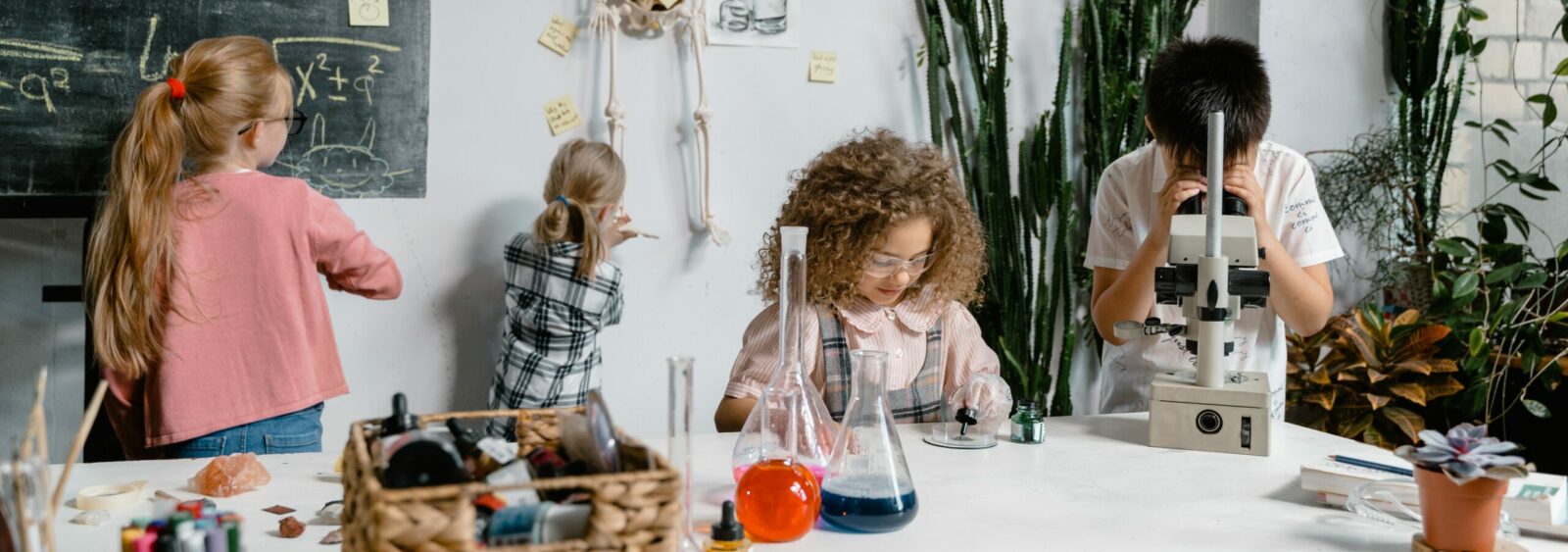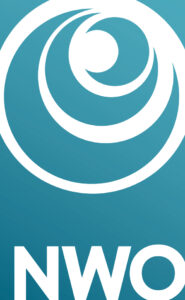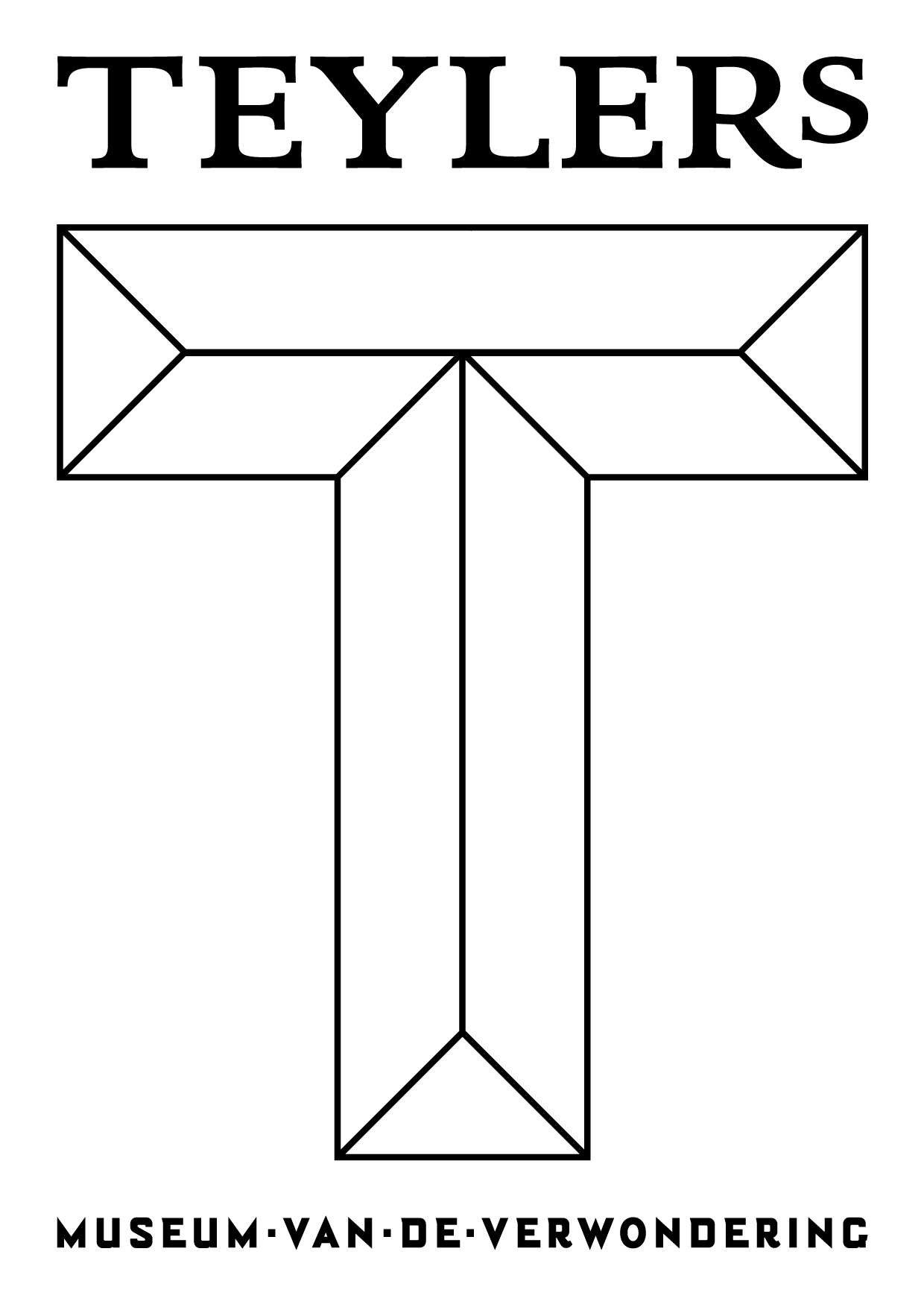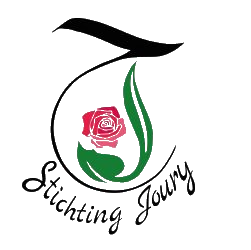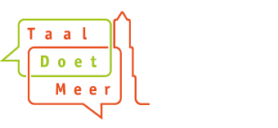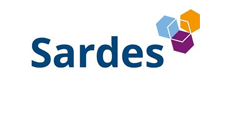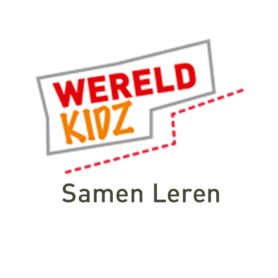
Grist to the mill of multilingualism: a connection between language and content
There are many ways to incorporate home languages in school. Perhaps the most important lesson is that a focus on cultural and linguistic diversity at school does not have to be cumbersome. On the contrary, in the video below we see teachers having fun with it, which will certainly be contagious for many children.
Read more
‘Can I have the ‘skin-color’?’
Multilingual children may experience a reduced sense of belonging if the linguistic landscape of their school is not representative of their own linguistic and cultural resources. The linguistic landscape of a school refers to all the visible written signs and objects found inside a school, such as in the hallways and in classrooms. By enriching the linguistic landscape, the school could be a more inclusive place for multilingual children.
Read more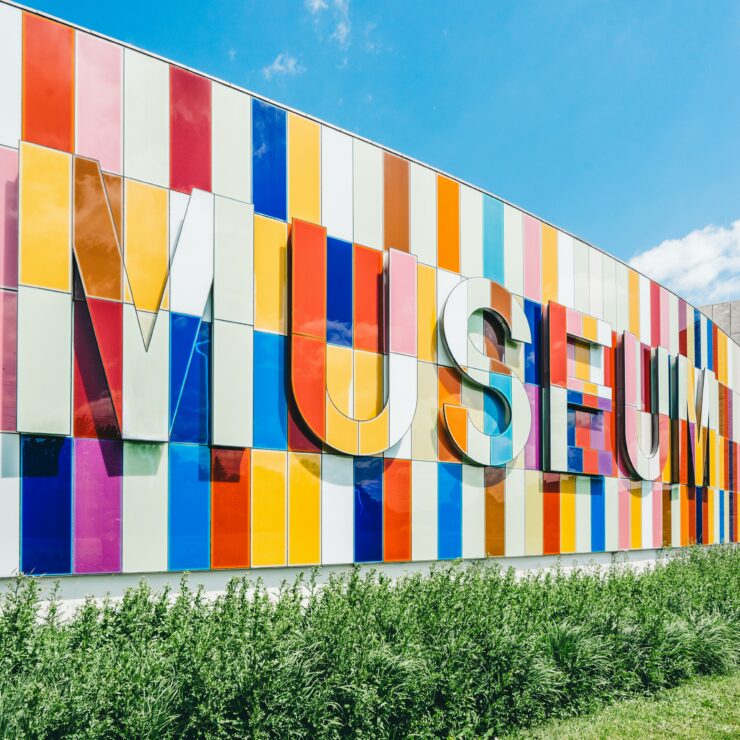
Becoming a multilingual museum: three ideas on where to start
Becoming a multilingual museum can seem rather daunting. Thanks to examples from museums who have been working on this and technological tools, we now have more ideas on how museums can start working on becoming (more) multilingual. See this blogpost for some inspiration!
Read more
“One doesn’t need to cancel the other out”
Anyone who needs a translator will never learn Dutch. Translation apps are for people who don’t want to learn the language. These statements can still be heard in the corners of school hallways in 2023, even amongst professionals working with multilingual families. Nevertheless, here’s a gentle plea for a society in which translation and the will to learn Dutch both have a place.
Read more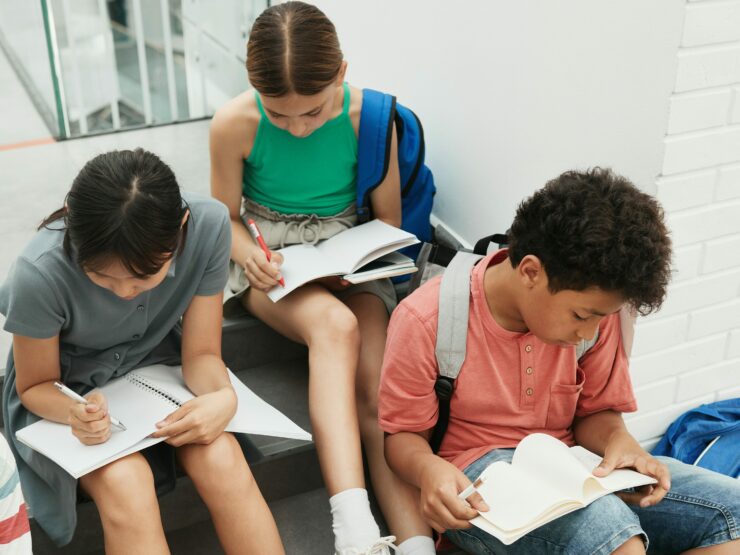
How home languages made math click
You learn Dutch by using Dutch, or so I was always told. But is this really true? Hanneke Baart is a teacher of newcomer students and in her experience, the use of the home language can actually increase their understanding of Dutch. When she started looking into this concept, she discovered that researchers had already given it a name: translanguaging.
Read more
How we talk about language matters: #taalachterstand
‘Taalachterstand’ is a controversial word that is often associated with children from minority backgrounds in Dutch schools. Here we present four reasons why we should stop using this word. This is especially important if we are policymakers or educators whose words impact the lives of children and families with a minoritized linguistic background.
Read more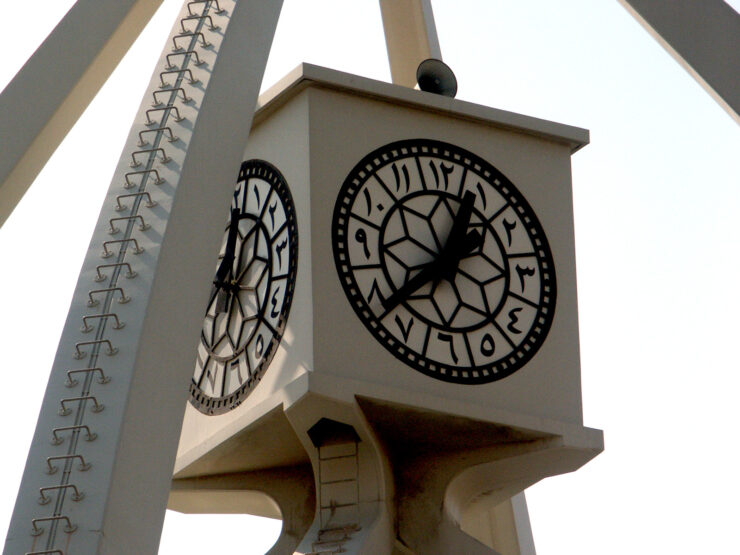
Telling time in all languages
“Ten before half five”: why so complicated? We spoke with multilingual children about how they tell time in Arabic, Turkish, and Dari. What are the similarities and differences between doing this in their home language and in Dutch, and how do they handle this? In what languages do they think about time? We learned from their insights and experiences.
Read more
Are two really better than one?
If two brains are better than one, then are two (or more) languages not better than just one? In a meeting with parents and caregivers, Erin experienced how conversations are enriched when people are allowed to use all their languages. “I’d venture to say that without help from multiple languages, it wouldn’t have been possible to have a conversation of such high quality—one where multiple ideas, solutions, and mathematical language were included.”
Read more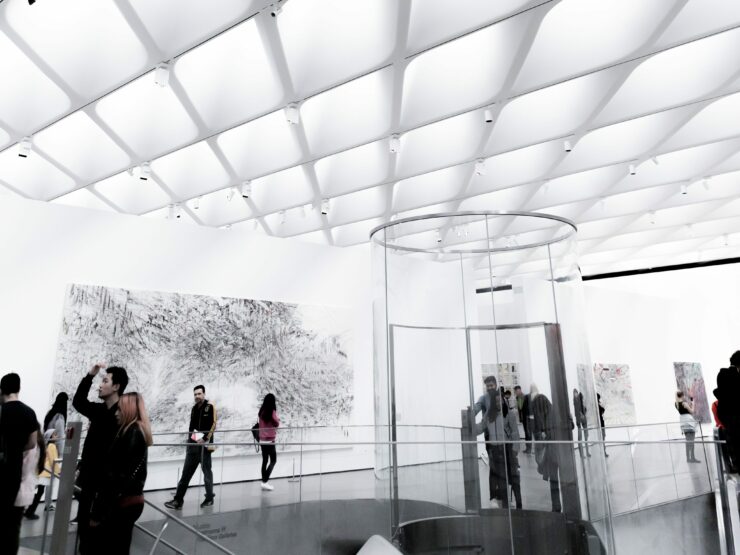
How multilingual children participate in science museums
How can language play a role in the participation of multilingual children in science museums? This is what we asked multilingual children and their families. In particular with science museums, language is vital. As a visitor, you can do and experience fun activities but if you want a more in-depth understanding, you’re going to need language.
Read more
How can you promote multilingualism in science museums?
Interestingly, “language-free” solutions, such as non-verbal communication, were suggested more often than adding languages to the museum.
Read more